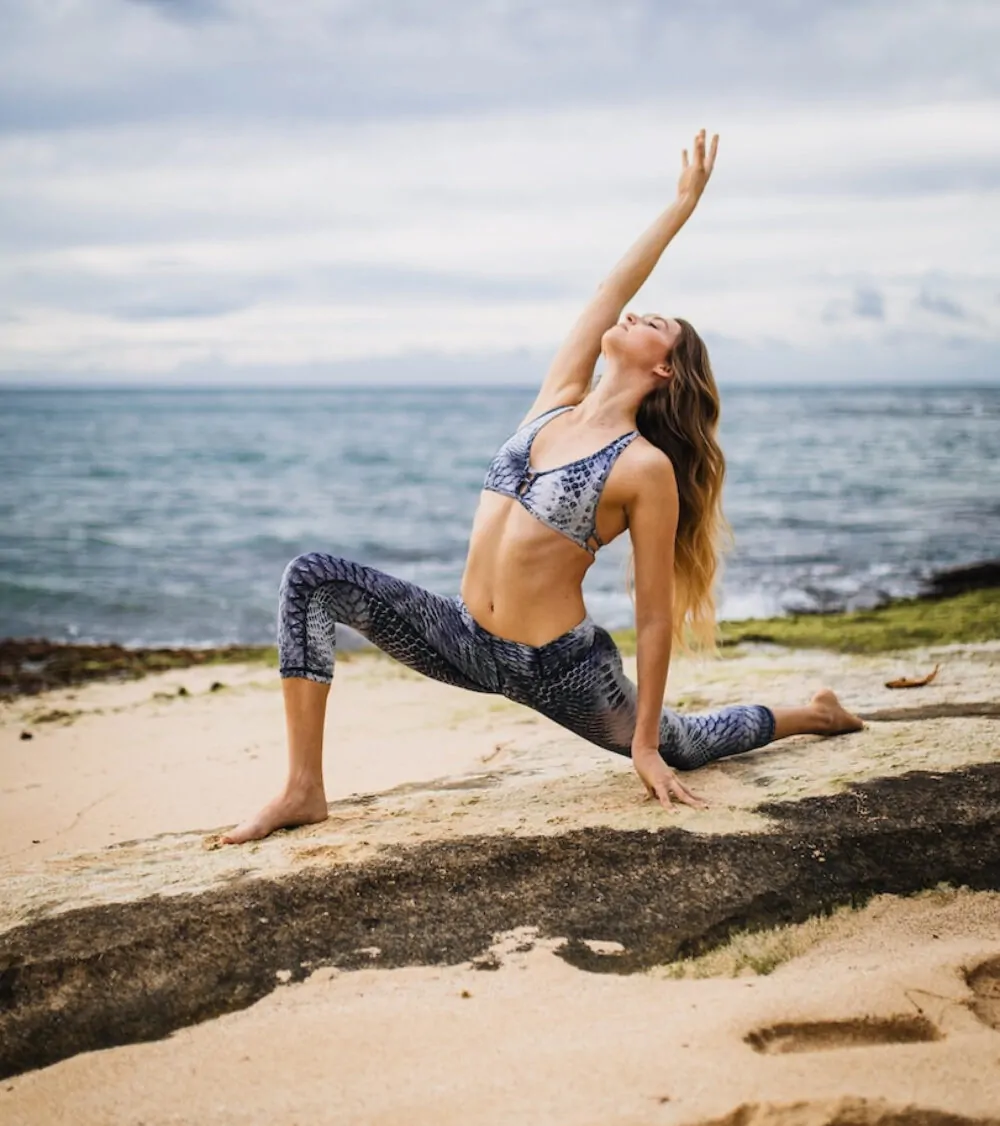Introduction Welcome to your 30-Day Ayurvedic Detox Plan—a gentle, natural, and time-tested path to cleanse your body, reset your digestion, calm your mind, and rejuvenate your spirit. Rooted in the ancient science of Ayurveda, this plan is designed to balance the doshas, remove ama (toxins), and restore harmony from the inside out. Week 1: Preparing Your Body Goals: Reduce intake of processed foods Begin a consistent daily routine Hydrate and rest Daily Routine: Wake up by 6 AM Drink warm water with lemon or cumin seeds Gentle yoga and deep breathing (15–20 mins) Eat light, warm, and freshly cooked meals Avoid caffeine, sugar, dairy, fried food Sleep by 10 PM Foods to Include: Moong dal khichdi Steamed vegetables Herbal teas (ginger, tulsi, fennel) Ghee in moderation Foods to Emphasize: Leafy Greens: Spinach, kale, collard greens. Cruciferous Vegetables: Broccoli, cauliflower, Brussels sprouts (excellent for liver support). Berries: Rich in antioxidants. Herbs & Spices: Turmeric, ginger, garlic (anti-inflammatory properties). Legumes: Beans, lentils (good source of fiber). Fiber-Rich Foods: Helps with regular bowel movements. Week 2: Active Detox Phase Goals: Deepen detoxification Support the liver and gut Increase energy naturally Daily Additions: Triphala at bedtime (½ tsp in warm water) CCF Tea (cumin, coriander, fennel) Dry brushing before shower Tongue scraping every morning Sample Meal Plan: Breakfast: Stewed apples with cinnamon Lunch: Khichdi with veggies + herbal chutney Dinner: Clear vegetable soup + warm spiced milk (with nutmeg) Week 3: Emotional & Mental Detox Goals: Cleanse negative thoughts and patterns Create space for mental clarity Practices: Daily journaling (gratitude and reflections) Guided meditation or mantra chanting Digital detox (limit screen time) Practice self-massage (Abhyanga) with warm sesame oil Affirmations: “I release what no longer serves me.” “I am healing, whole, and grounded.” Week 4: Rejuvenation and Rebuilding Goals: Rebuild strength and Ojas (vitality) Integrate new habits Superfoods & Tonics: Ashwagandha milk Dates and soaked almonds Turmeric and ginger in meals Rasayana herbs (Chyawanprash, Brahmi) Deeper Elimination & Nutrient Boost Goal: Fully eliminate common irritants and maximize nutrient intake. Foods to Eliminate (if not already): Dairy: Milk, cheese, yogurt (some people find dairy inflammatory). Gluten: Wheat, barley, rye (if you suspect sensitivity, otherwise optional). Alcohol & Caffeine: Complete elimination. All Processed Foods, Refined Sugars, Unhealthy Fats: Strict avoidance. Lifestyle: Introduce gentle strength exercises or walking Follow a structured daily routine (Dinacharya) Focus on mindful, slow eating Week 3: Continued Clean Eating & Rebalancing Goal: Maintain clean eating habits and focus on supporting all bodily systems. Diet: Continue with the principles from Week 2. Experiment with new healthy recipes. Focus on: Gut Health: Incorporate fermented foods like sauerkraut, kimchi, or kombucha (unsweetened, if tolerated) to support healthy gut flora. Liver Support: Continue with cruciferous vegetables, citrus fruits, and plenty of water. Kidney Support: Ensure adequate hydration. Recipes Included: Basic Khichdi (moong dal + rice + spices) Detox Chutney (cilantro + ginger + lime) CCF Tea Recipe Golden Milk (haldi doodh) Final Thoughts: Congratulations on completing your Ayurvedic detox journey. By now, your body is lighter, your digestion is stronger, and your mind is clearer. You’ve created space for healing—not just for 30 days, but as a foundation for long-term wellness. 🌱 Warm Water with Cumin Seeds (Jeera Water) Effect on the Body: Aids digestion – Cumin stimulates enzymes that help break down food efficiently. Reduces bloating and gas – Especially helpful after a heavy meal or in detox phase. Improves nutrient absorption – By enhancing gut function. Boosts metabolism and weight loss – Slight thermogenic effect helps burn fat. Balances blood sugar – Cumin has been shown to help regulate insulin. 🧘♂️ Ayurvedic Perspective These drinks help balance Agni (digestive fire) and remove Ama (toxins). Lemon water suits Kapha and Vata types, while cumin water is especially good for Pitta and bloating issues. ✅ When to Drink: First thing in the morning on an empty stomach Wait 15–20 minutes before eating breakfast Daily Detox Drink Guide (Printable Chart) Time Drink Purpose How to Prepare 🌅 Morning (6–7 AM) Warm Lemon Water OR Cumin Water Jumpstart digestion, flush toxins 🍋 Lemon: ½ lemon in 1 cup warm water 🌱 Cumin: 1 tsp jeera soaked overnight, boiled, strained 🧘 After Yoga (8–9 AM) Tulsi-Ginger Tea Boost immunity, reduce inflammation Boil 3 tulsi leaves + ½ inch ginger in 1.5 cups water 🕛 Midday (12–1 PM) CCF Tea (Cumin-Coriander-Fennel) Supports digestion and detox 1 tsp each cumin, coriander, fennel boiled in 2 cups of water ☀️ Mid-Afternoon (3–4 PM) Amla or Aloe Vera Juice Cleanse the liver, cool the Pitta 15–20ml juice in 1 cup water (unsweetened) 🌙 Evening (6–7 PM) Mint-Jeera Water Reduces bloating and calms the system Boil ½ tsp jeera + a few mint leaves, sip warm 🌌 Bedtime (9–10 PM) Golden Milk (Turmeric Milk) Promote deep sleep, reduce inflammation ½ tsp turmeric in 1 cup warm milk + pinch nutmeg or cinnamon Gentle Yoga Poses and Pranayama for Detoxification Yoga and Ayurveda emphasize gentle movement and breath to support the body’s natural cleansing processes. Certain asanas (poses) massage the internal organs, boost circulation, and encourage lymphatic drainage, while pranayama (breathing exercises) oxygenate the blood and calm the nervous system. The poses below are soothing and beginner-friendly, and each includes benefits for digestion, liver/abdominal health, lymph flow, or stress relief. Gentle Yoga Poses for Detoxification Bound Angle Pose (Baddha Konasana) Sit on the floor and bring the soles of the feet together, letting the knees relax outward. Sit tall and inhale to open the chest and abdomen; on the exhale, you may gently round the spine forward or simply release tension. This mild hip-opener opens the abdominal area, giving more room for the digestive organs. Benefits: It supports and stretches the belly and groin, aiding digestion and gently relieving lower back tension. Suitable for beginners: Yes – this is a very gentle, restorative stretch. Revolved Child’s Pose (Parsva Balasana) From all fours, slide your left hand under your right arm and reach the right arm up toward the ceiling on the inhale.


